Description
Triconex AI2351 (P/N 7400210-101) – Analog Input Module for TMR Safety Systems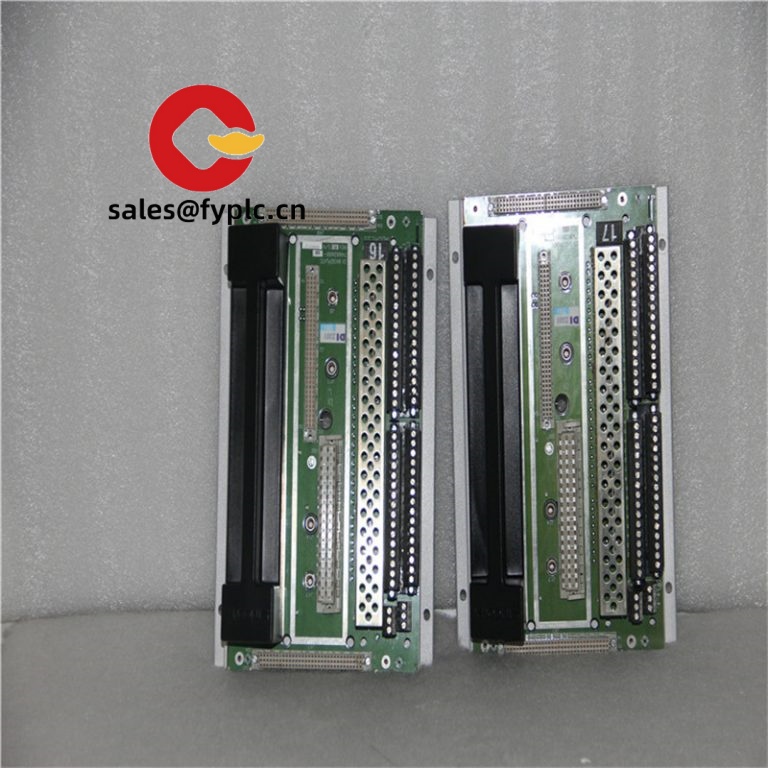
The Triconex AI2351, part number 7400210-101, is widely used as a multi‑channel analog input module in Triconex triple modular redundancy (TMR) safety systems. From my experience, it’s chosen when teams need dependable 4–20 mA and voltage signal acquisition that plays nicely with TMR architectures—think emergency shutdowns, fire & gas, turbine protection, and other SIL‑driven applications. One thing I appreciate is how it slots into the Triconex I/O chassis and handles diagnostics gracefully, so maintenance is typically straightforward and hot‑swap procedures are predictable.
Company’s Order Placement Process and Guarantees
- Warranty: 365 days
- Delivery time: 1 week for in-stock items; no more than one month at the latest
- Payment: 50% advance payment; full payment before delivery
- Express delivery: FedEx, UPS, DHL
Key Features
- TMR-ready analog input module – Designed to operate within Triconex TMR systems for high availability and fault tolerance.
- Multi‑channel AI with industrial ranges – Typically supports 4–20 mA loop signals and common voltage ranges (e.g., 1–5 V or 0–10 V, depending on variant and field termination).
- Built‑in diagnostics – Channel and module health monitoring helps detect open loop, over‑range, or wiring issues early.
- Hot‑swappable in most cases – You might notice that field maintenance can be done with minimal process interruption when procedures are followed.
- Backplane communication – Interfaces over the Triconex I/O backplane to the main processors; no extra gateways needed inside the rack.
- Shielding and filtering – Designed for industrial noise environments; proper grounding and TA selection reduce nuisance trips.
Technical Specifications
| Brand / Model | Triconex AI2351 (P/N 7400210-101) |
| HS Code | 8538.90 (Parts suitable for use with industrial control apparatus) |
| Power Requirements | Powered via Triconex backplane; typical module consumption < 10 W (application dependent) |
| Dimensions & Weight | Single‑width Triconex I/O card; typical weight around 1 kg (fits standard Triconex chassis slot) |
| Operating Temperature | 0 to +60 °C (typical control room/rack conditions) |
| Signal Input/Output Types | Analog Inputs; commonly 4–20 mA current, and 1–5 V or 0–10 V voltage ranges (depending on module/TA configuration) |
| Communication Interfaces | Triconex proprietary backplane to main processors; no external network port on the module |
| Installation Method | Plugs into Triconex I/O chassis; field wiring via front terminal assembly (TA) / marshalling |
Application Fields
The AI2351 is typically deployed in:
- Oil & Gas: ESD, F&G, compressor anti‑surge, pipeline block valve monitoring
- Petrochemicals & Refining: SIS loops measuring pressure, level, and temperature
- Power Generation: turbine protection, boiler trip systems, balance‑of‑plant interlocks
- Chemicals & Pharmaceuticals: batching, reactor safety interlocks, utility systems
- Metals & Mining: process safeguarding and environmental monitoring
Advantages & Value
- Reliability in TMR environments – Designed for high availability; the module participates in system‑level fault tolerance and diagnostics.
- Compatibility – Appears to be drop‑in compatible with Triconex chassis and the corresponding AI family terminal assemblies; helpful for fast MRO swaps.
- Lifecycle support – Useful as a like‑for‑like replacement to minimize re‑engineering, retesting, and re‑validation cost.
- Lower downtime risk – Hot‑swap practices (where allowed) and clear fault reporting reduce turnaround during shutdown windows.
- Technical backing – Documentation and commissioning procedures are well established in the field, which in many cases speeds up FAT/SAT.
Installation & Maintenance
- Environment – Install in a standard Triconex rack within a clean, ventilated control cabinet. Maintain ambient 0–60 °C and keep humidity within spec.
- Wiring – Use shielded twisted pairs for analog signals; land wiring on the recommended terminal assembly (TA). Tie shields at one end to reduce ground loops.
- Power & grounding – Ensure backplane power and chassis grounding comply with Triconex guidelines; poor bonding is a common source of noise.
- Hot‑swap & safety – Follow site LOTO and the system maintenance manual; coordinate with operations before removal/insertion of any TMR leg.
- Routine care – Periodic inspection for connector oxidation, dust removal with dry air, and verification of input calibration using traceable sources.
- Firmware/compatibility – Match module/firmware revisions with the controller database. From my experience, aligning revisions avoids nuisance fault logs.
Recommended Supporting Components
- Triconex I/O Chassis (rack) – Provides the required backplane, power rails, and slot mechanics for the AI2351.
- Terminal Assembly (TA) for AI channels – Field‑wiring interface; select TA variants that match 4–20 mA or voltage inputs and isolation needs.
- Shielded field cables and marshalling hardware – Helps maintain signal integrity, particularly in high‑EMI areas and long cable runs.
Quality & Certifications
- Certifications – Typically supplied with CE/UL marks; Triconex platforms are TÜV‑certified to IEC 61508 up to SIL3 when deployed as part of a qualified system.
- RoHS/Reach – Depends on module vintage and sourcing; we can confirm the exact declaration on request.
- Warranty – 365 days standard coverage.
Practical note from the field: engineers often keep at least one AI2351 spare per rack because analog channels are central to trip logic and proof‑test routines. One customer summed it up nicely—“Swapping a single leg and running diagnostics took us minutes, not hours,” which seems to be the norm when the cabinet and TA are well maintained.

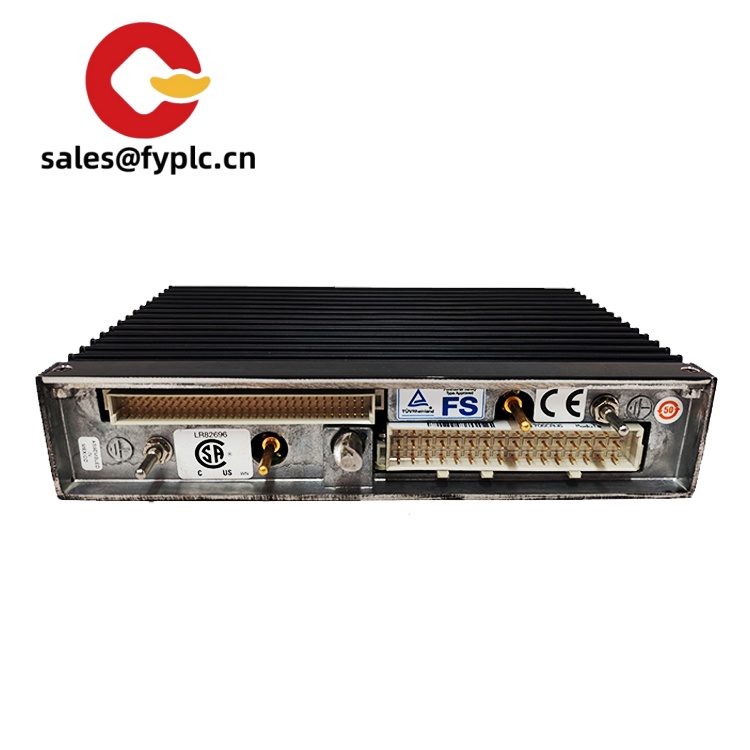


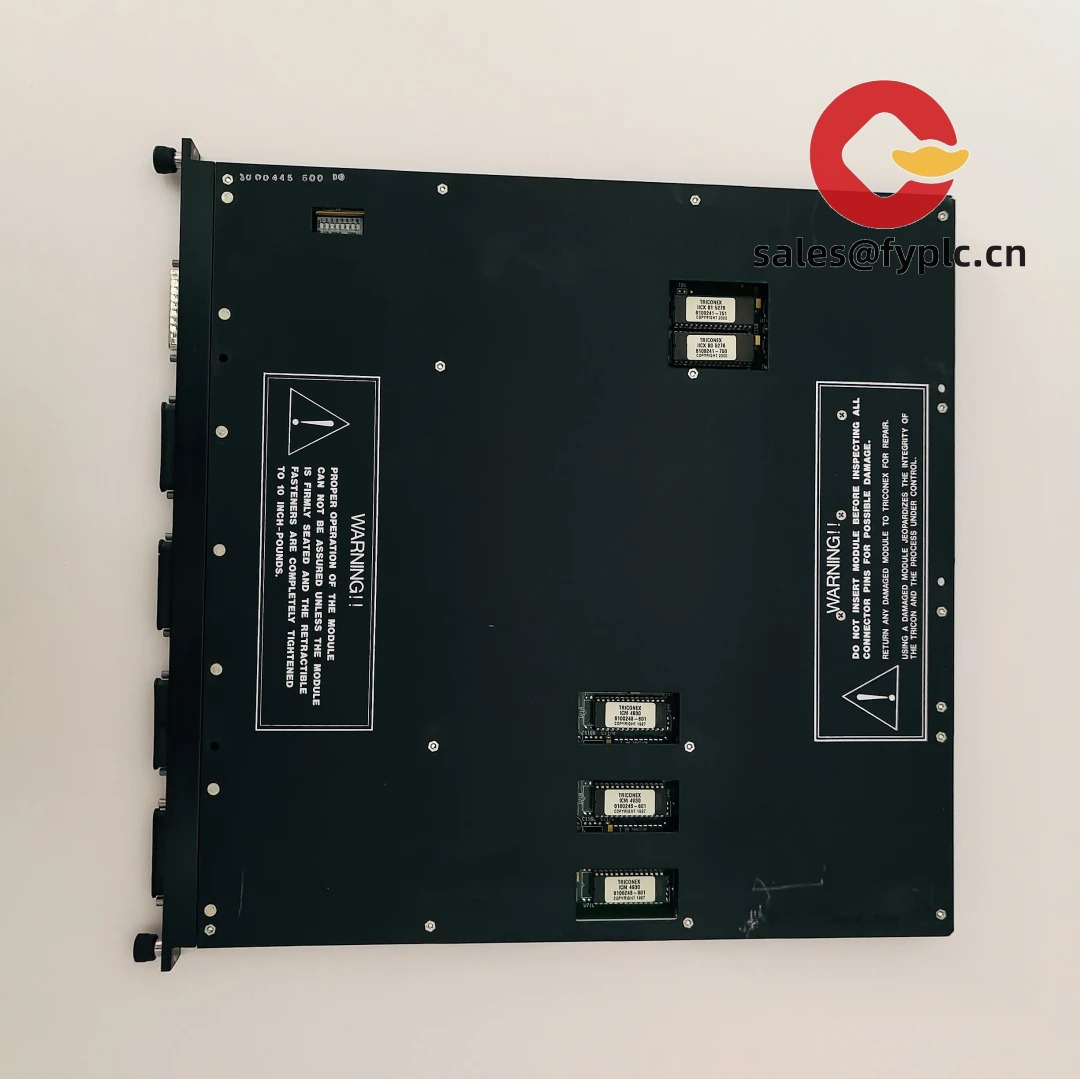
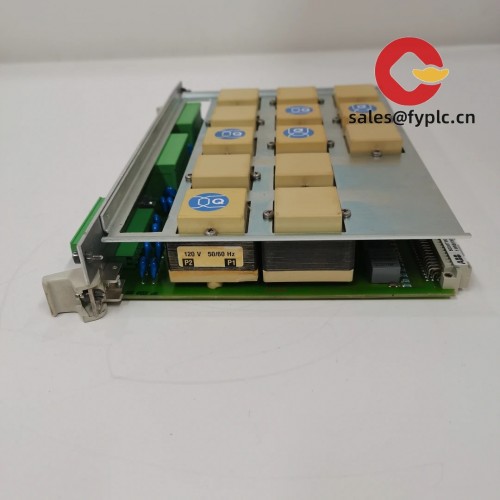
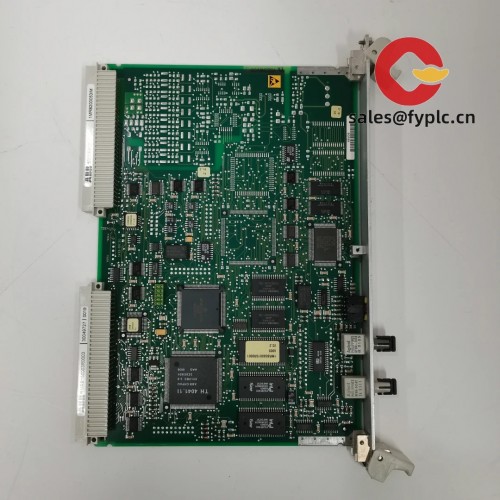
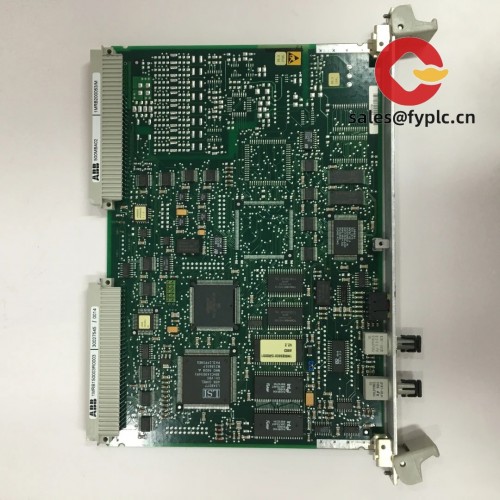
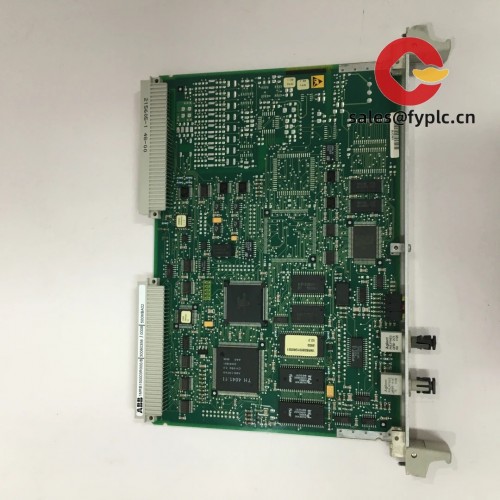
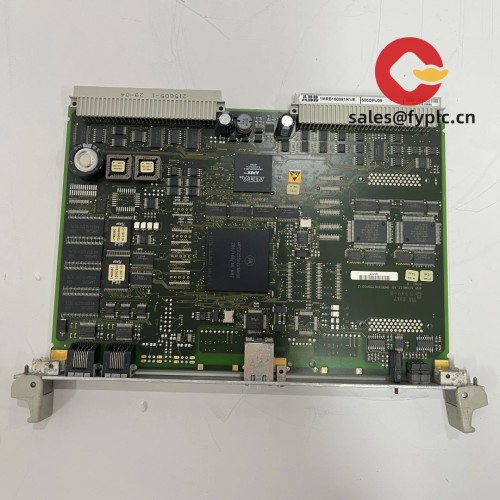


Reviews
There are no reviews yet.